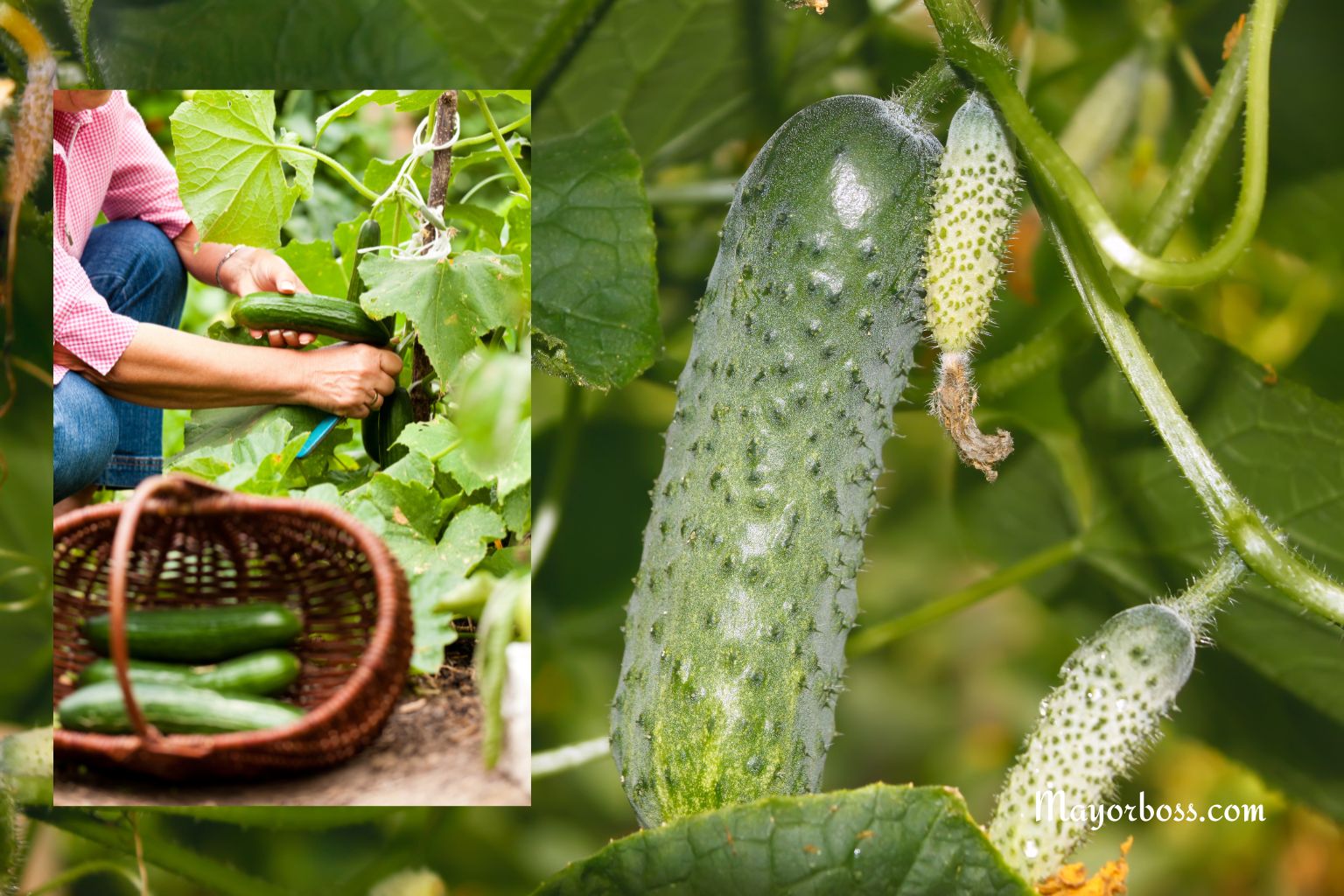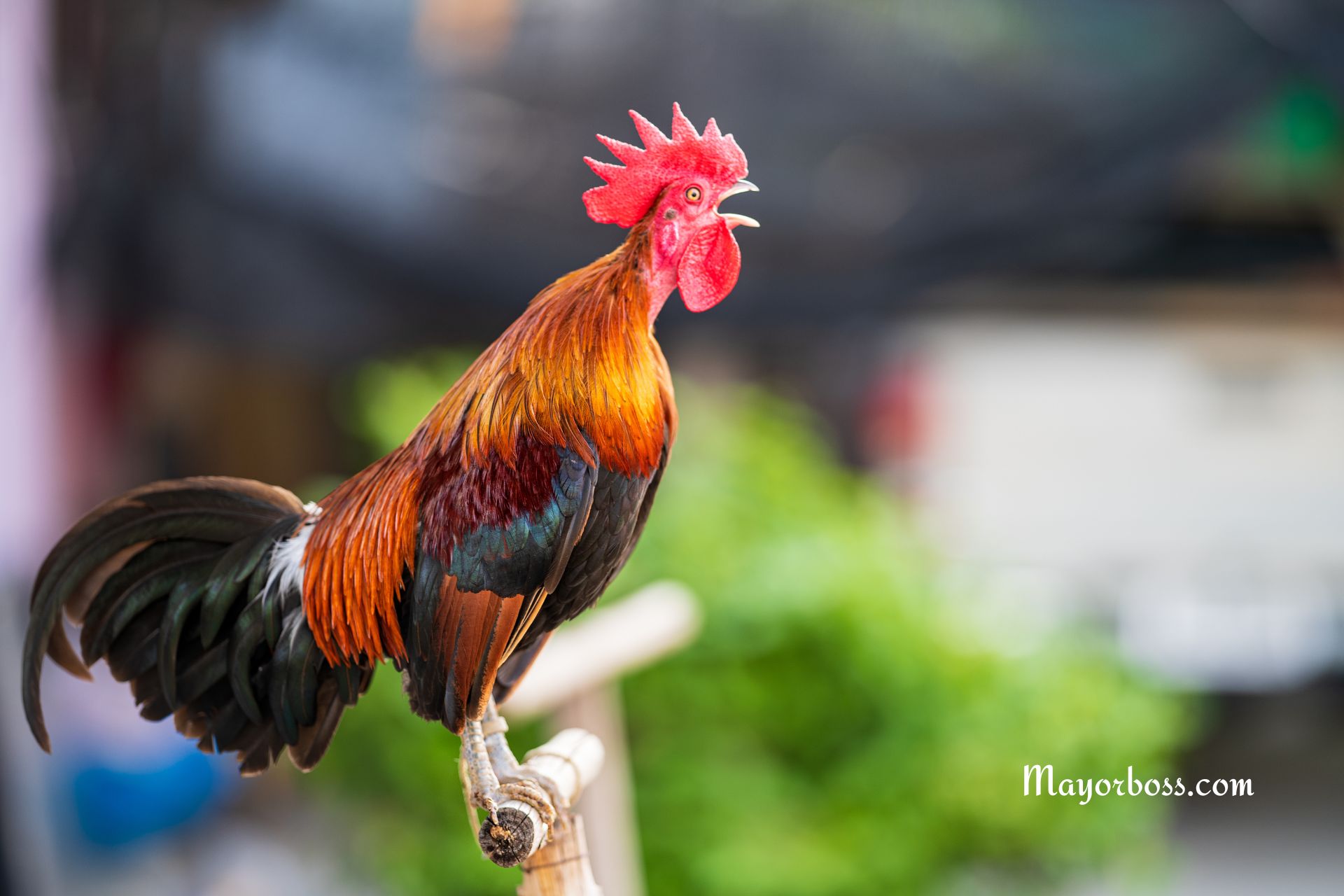Baking Soda For A Good Tomato Harvest: Unusual Ways To Use It
Baking soda can improve tomato harvests by reducing soil acidity, preventing fungal diseases, sweetening fruit, and deterring pests. Simple applications—like sprinkling or spraying diluted solutions—help protect plants and boost yields without harming your tomatoes.
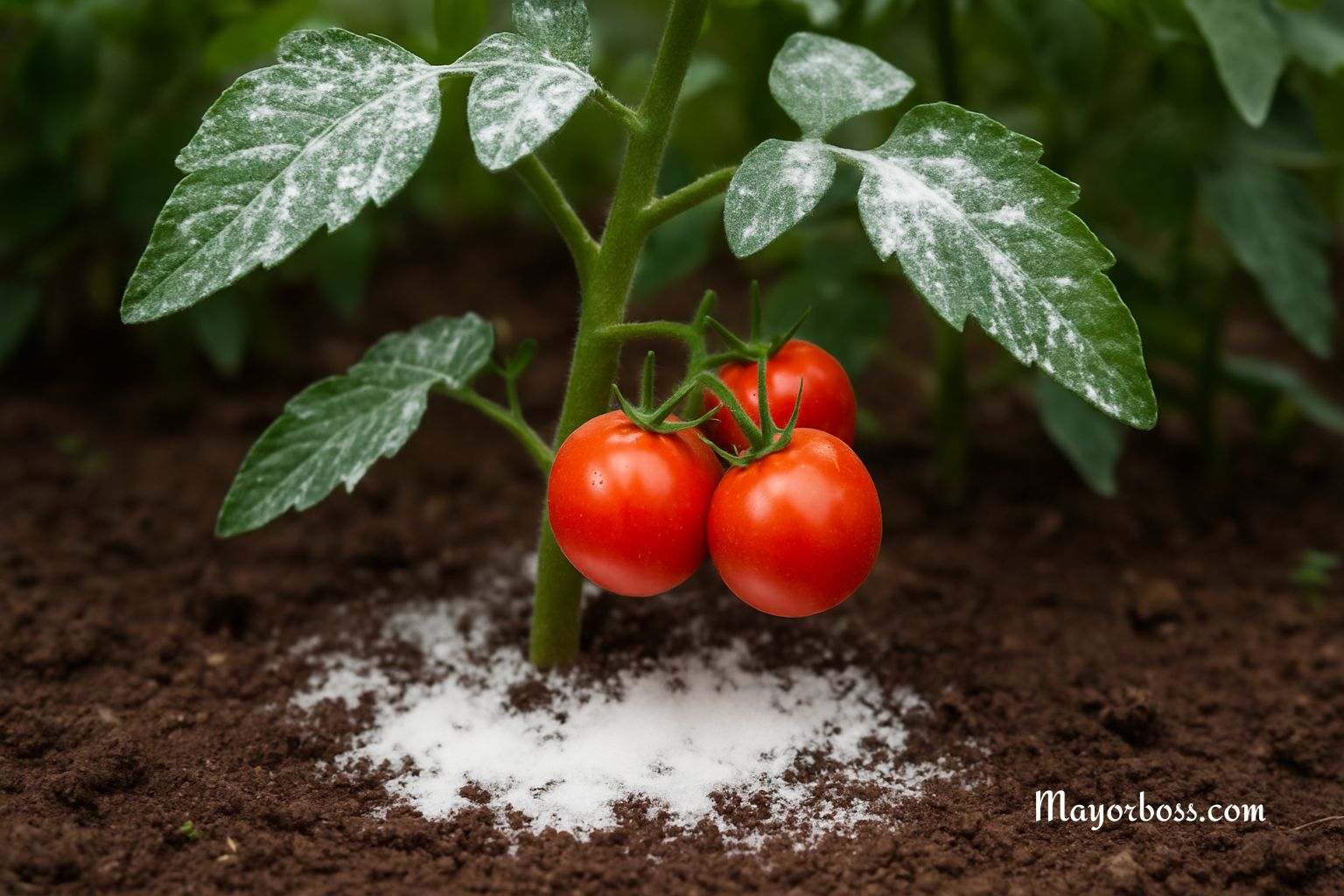
Why consider baking soda in your tomato garden?
Tomatoes are one of the most popular crops in home gardens. They’re also quite sensitive. Soil quality, disease, pests, and weather can all affect how many tomatoes you get—and how good they taste. While gardeners often rely on fertilizers and pesticides, you may want safer, natural options. Baking soda stands out for its versatility. It’s gentle, affordable, and can help tomatoes thrive in unexpected ways.
How does baking soda work in the garden?
Baking soda (sodium bicarbonate) is mildly alkaline. It changes the pH balance of soil and plant surfaces. This helps in several ways:
- It can make the soil less acidic.
- It disrupts the environment for fungi and some pests.
- It doesn’t harm most garden plants when used correctly.
Let’s look at a few practical, unusual methods for using baking soda to boost your tomato harvest.
1. Reducing soil acidity for better growth
Tomatoes grow best in slightly acidic to neutral soil (pH 6.0–7.0). If your soil is too acidic, your plants may struggle. Baking soda can help balance pH. A balanced pH level helps tomato roots absorb nutrients, resulting in stronger, healthier plants and a larger harvest.1
How to use:
Lightly sprinkle baking soda around the base of each tomato plant. Use about one tablespoon per plant. Water it in well. Test your soil’s pH before you begin—too much baking soda can make the soil too alkaline, which can harm plants.
2. Preventing fungal diseases
Tomatoes are prone to diseases like powdery mildew, early blight, and leaf spots. These are caused by fungi that thrive on moist leaves. The alkaline baking soda creates a surface where fungal spores can’t grow well. Soap helps the mixture stick to leaves.2
How to use:
Mix one teaspoon of baking soda with a quart of water. Add a few drops of mild liquid soap (like dish soap). Spray this solution on tomato leaves every week, especially after rain.
3. Sweetening your tomatoes
Some gardeners swear by using baking soda to achieve sweeter tomatoes. The idea is simple: less acidic soil encourages the plant to produce fruit with a sweeter taste. A slight change in soil pH shifts the plant’s uptake of nutrients and can alter the flavor profile of the tomatoes. The effect may be subtle but noticeable.
How to use:
When fruits begin to ripen, lightly dust the soil around the plant (not the leaves or the fruit) with a small amount of baking soda. Water normally.
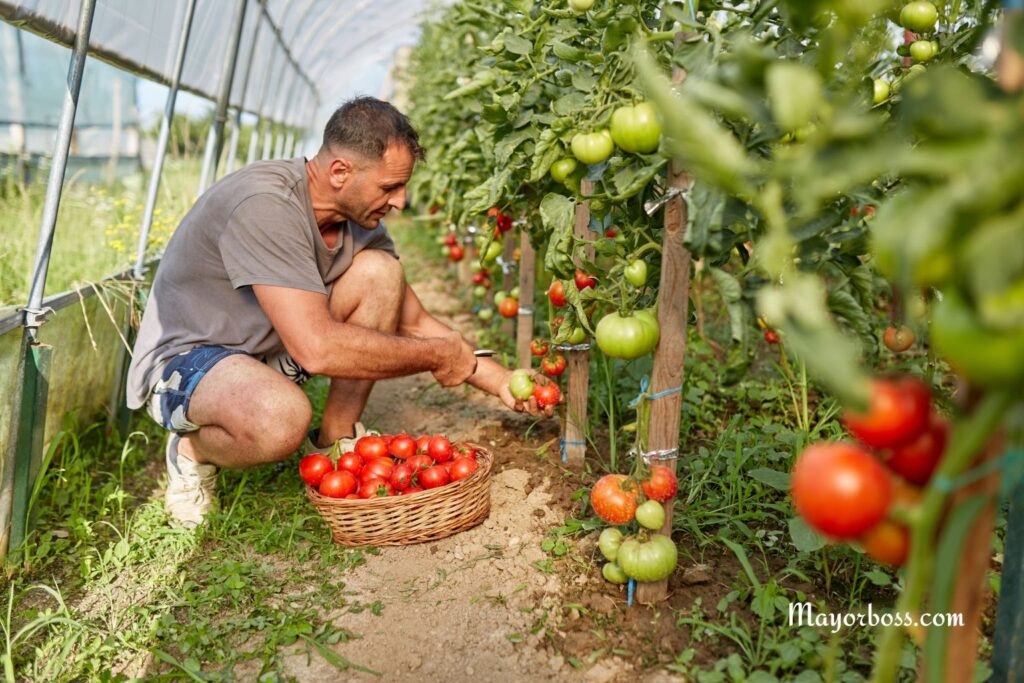
4. Pest control—repelling crawling insects
Aphids, slugs, and ants can damage tomato plants. Baking soda won’t kill every pest, but it can help repel some of them. Baking soda irritates the soft bodies of pests and discourages them from returning.
How to use:
Mix equal parts baking soda and flour. Sprinkle this powder around the base of your plants or on leaves. For ant trails, pour a line of baking soda to interrupt their path.
Safety tips for using baking soda in the garden
- Use in moderation. Too much baking soda can build up salt in the soil and harm plant roots.
- Test your soil first. Not all gardens need lower acidity.
- Avoid direct contact with fruit. Baking soda can leave a residue.
- Reapply after heavy rain. Rain can wash away protective sprays.
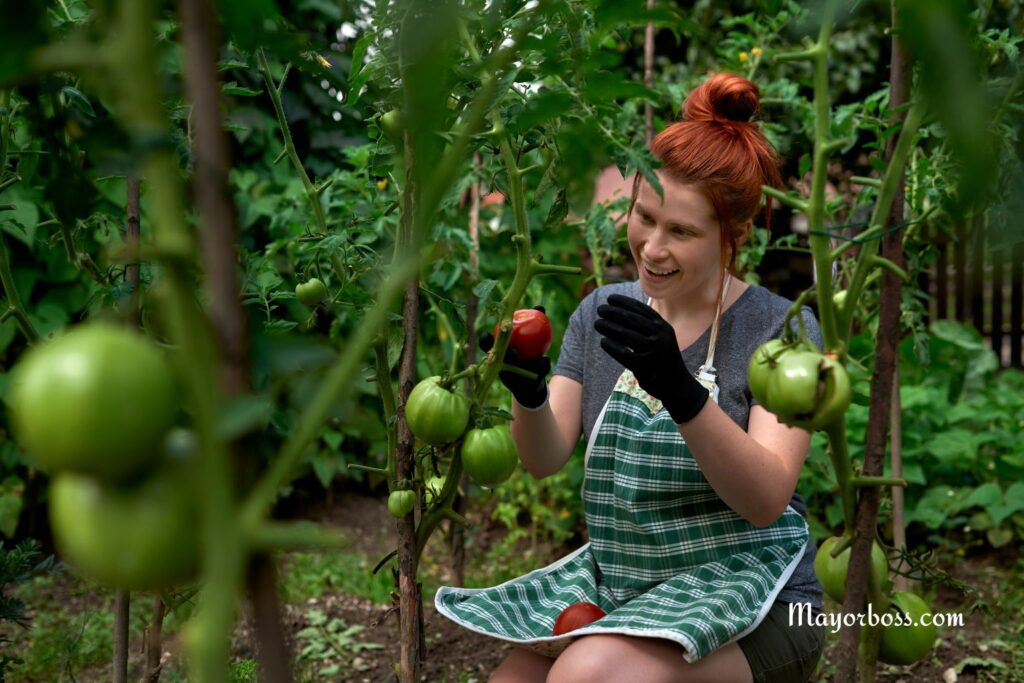
Takeaway
Baking soda can be used in unconventional ways to support a healthy tomato harvest, such as sweetening the tomatoes, reducing soil acidity, as well as controlling pests and preventing fungal diseases. Use these methods carefully, and you may see bigger, better, and tastier tomatoes in your garden this season.
FAQs
1. Can I use baking soda on all vegetables, or just tomatoes?
Baking soda is generally safe for many vegetables, but each plant reacts differently. Use sparingly and observe how your plants respond.
2. Will baking soda change the flavor of my tomatoes?
It may make tomatoes slightly sweeter, especially if your soil was too acidic before.
3. How often should I spray baking soda solution on tomatoes?
Once per week is usually enough. Reapply after heavy rain.
4. Can baking soda cure all tomato diseases?
No, it mostly helps prevent fungal diseases. It will not treat bacterial infections or viruses.
5. Is it safe to eat tomatoes after using baking soda?
Yes, but wash them thoroughly before eating to remove any residue.

